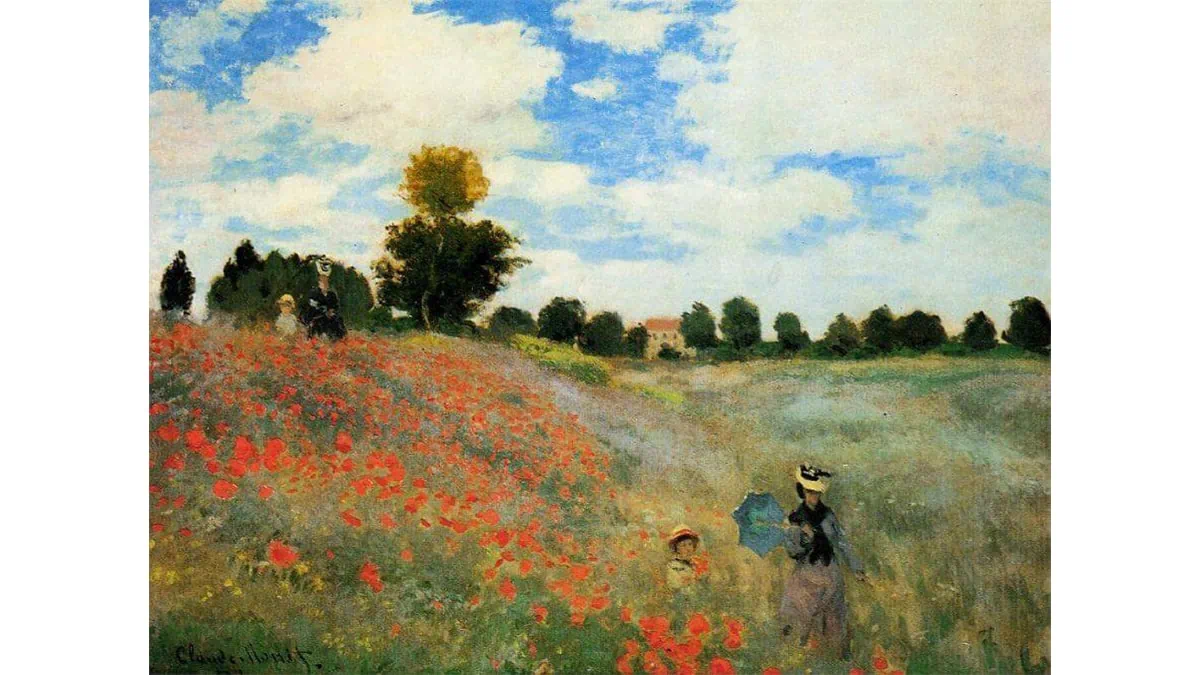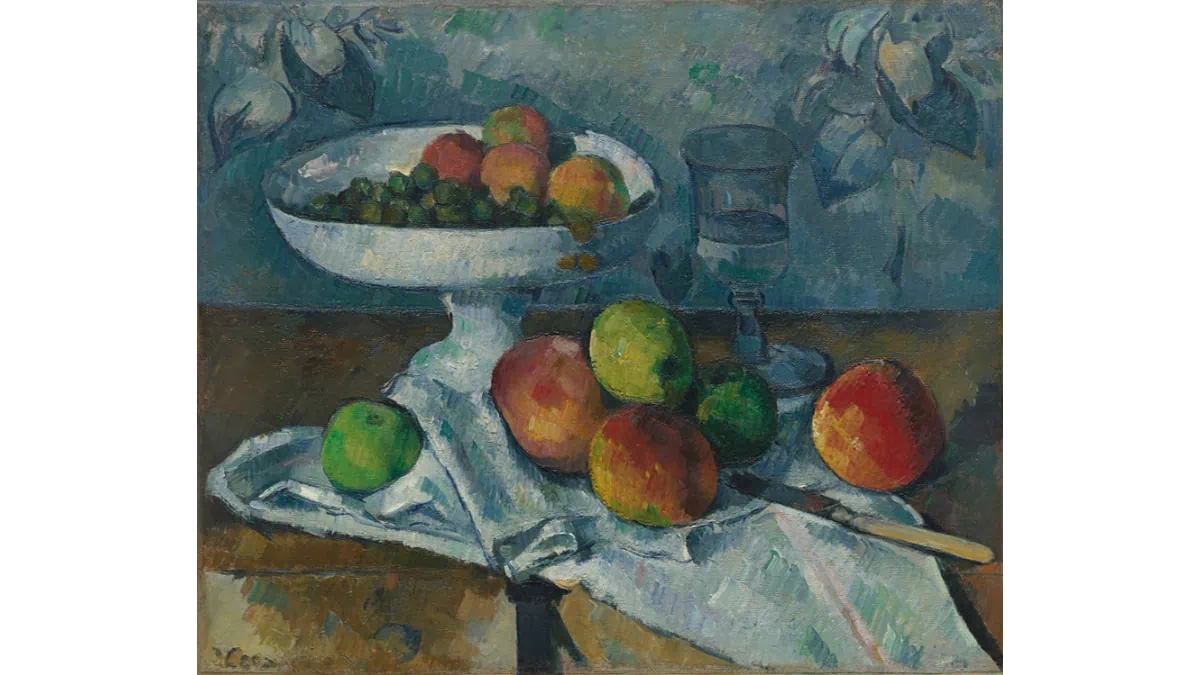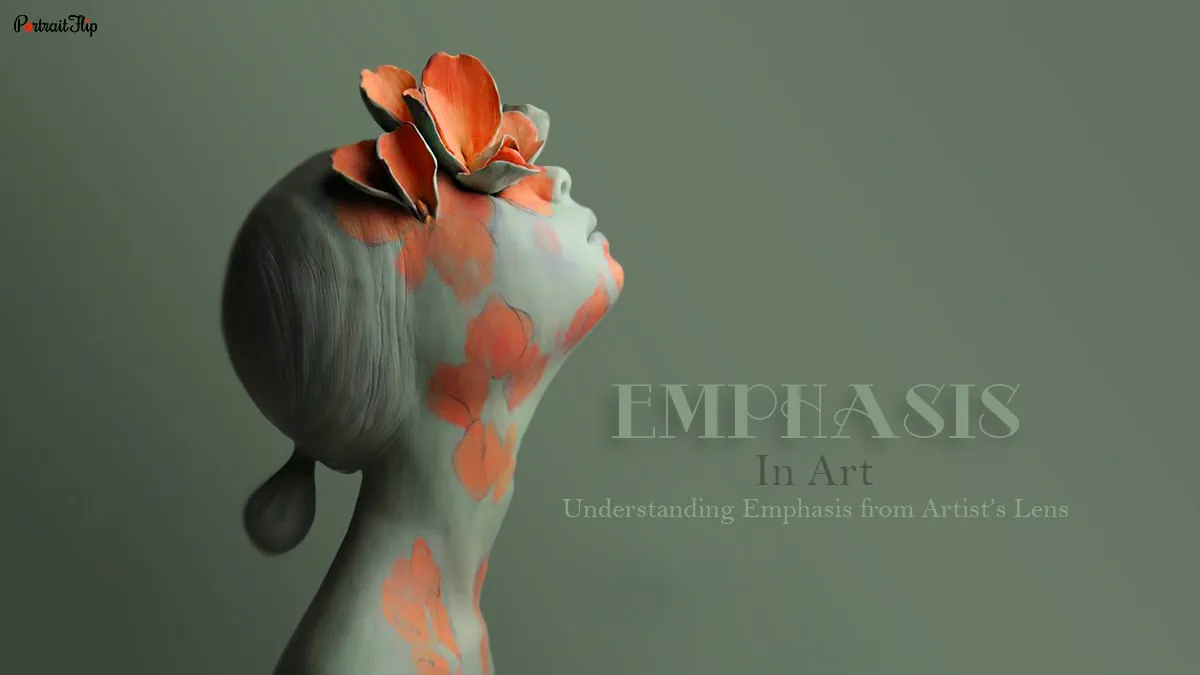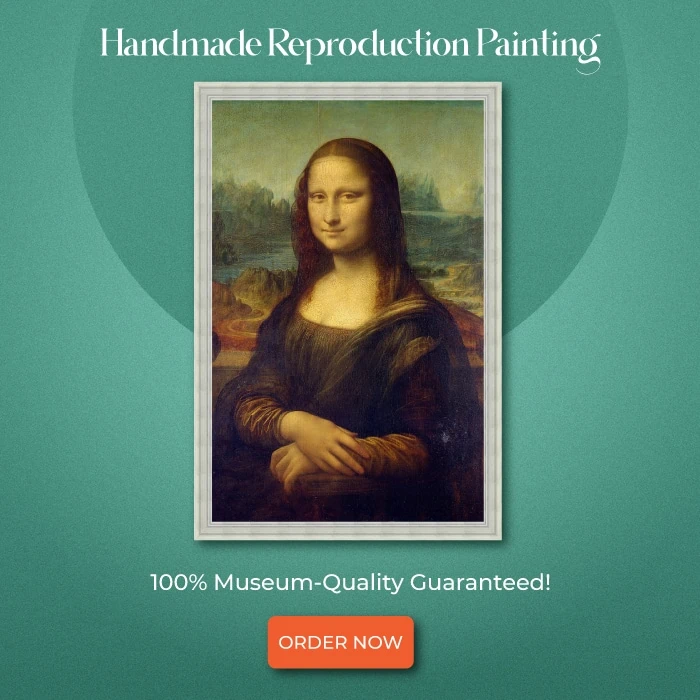A well-qualified and experienced artist knows the importance of emphasis in art.
Without emphasis, your art will never leave an indelible mark on viewers’ minds.
Viewers seeing your composition and not paying enough attention to subjects, points, or specific areas where you expect them to is disappointing!
It feels like something has gone wrong. It feels like art is still incomplete.
To make your art look promising and stand out, using emphasis is crucial.
The emphasis on art played a key role in almost every piece made in different art periods.
Whether it was colorist artworks or still life paintings, artists created emphasis to drive their viewers’ attention to particular points within their overall composition.
Why?
The artist uses emphasis to convey a message or alter their viewers’ opinions on subjects they have paid attention to.
But what exactly is the emphasis in art, and why are the paintings of most renowned artists like René Magritte, Leonardo Da Vinci, and Claude Monet famous for showcasing characteristics of art emphasis?
To learn more about the principles and roles of emphasis in art, we present this blog!
Table of contents
What is Emphasis in Art?
Emphasis is an art principle used to create a focal point within a composition.
A focal point could be anything from a specific object to a solitary figure.
From Renaissance to Still life painters, artists have been using emphasis to infuse distinct virtues in an artwork.
If an artist wants, they can create various focal points, but that will create nothing but confusion.
Creating emphasis requires skills, as you’re drawing one’s attention to a specific point within the composition.
When you use the visual tools—color, form, line, shape, space, texture, and value—the right way, you create a unified composition.
That composition has a wow factor called emphasis, known for garnering the audience’s attention.
Having emphasis in artwork is a must because it lets viewers create their own story!
That’s why it is said in art very often that the way one sees art can’t be the same as the other does.
But somehow every viewer knows which part of the composition catches their attention.
This is all done when the artist knows either of these five techniques, which include convergence, contrast, subordination, separation, and the creation of exception.
Let’s learn how these techniques were used in the past to create emphasis in the world’s most expensive artworks!
How to Create an Emphasis in Art?
How much time your viewers spend on or talk about subjects that catch their attention defines the efficiency of the emphasis in your art.
Whether they have paused and kept their gazes on it because of bright colors, unusual shapes, or an abandoned subject, we will briefly show you five techniques an artist uses to create emphasis in art.
A. Convergence
Convergence is a type of art emphasis that draws a viewer’s attention to a focal point with the help of lines.
Lines can be straight, curvy, wavvy, or completely weird.
But when they are brought together holistically, it leaves an effect that can instantly catch anyone’s gaze.

Look at Frida Kahlo’s artwork, Self-Portrait with Medallion (1948); our gaze gets locked at her face, surrounded by a rounded floral like design.
Let’s take the work of the Renaissance artist into account!
Jesus is surrounded by twelve apostles with a background consisting of three windows.
Walls and ceilings that are shown in such a way that they have been brought together one after another.

The Jesus painting shows lines arranged in specific patterns.
In convergence techniques, artists draw lines in a sequence, repetition, or specific alignment in a composition to direct the viewer to a focal point.
In The Last Supper, walls, ceilings, and windows in the background draw viewers’ gazes at Jesus, who is shown seated in the center.
B. Contrast
Using contrast between subjects or throughout the canvas emphasizes a focal point.
Artists adjust the value, experiment with colors, and change the textures used in the composition to create contrast, which creates the emphasis in art.
This can be achieved by following these three techniques:
- Complementary color

Look at Mark Rothko’s painting, Untitled (Red, Blue, Orange) (1955), and see how he has used contrasting colors to grab his viewers attention.
Those bright colors are attractive. They are different from each other.
In this case, it’s blue and orange. They are far apart, non-chaotic, and loud enough to catch anyone’s attention.
- Isolated color
Some compositions contain a myriad of colors. But one color at a specific point or location is completely different from the color palette of the art.
Thus, it doesn’t get along well with elements used in a composition. That’s why it is able to grab viewers’ attention.

Look at Claude Monet’s painting, Poppy Field (1873), The red flowers on the left foreground make the woman with an umbrella a focal point.
- Absent color
It is similar to isolation, but in this case, a specific area or subject is colorless.
If you see art with one part dull or colorless, you try to ponder over the subject. That means you pay attention to it.

Such a type of composition is often seen in Claude Monet’s artwork; the best example is Le Bateau- Atelier.
C. Subordination
Experimenting with the colors of the subject matter is what subordination is all about.
An artwork with completely different colors in the background and a foreground consisting of sharp shapes or subjects with different color values ultimately makes it focal point.
Many still life artworks feature elements in such settings.

Famous French painter Paul Cezanne, in his Still Life with Fruit Dish (1879-1880) showed a basket of fruits with a blurry and gloomy background, not as attractive as the foreground was.
Famous Spanish painter, Francisco Goya, showed how light color could capture a viewer’s gaze.

Romanticism artwork, The Third of May 1808 (1814), featured French troops who were executing the Spanish insurgents.
The light source is directed at the man, who is frightened and has already surrendered to French soldiers.
D. Separation
Emphasis can be created by keeping the main subject away from other components in the artwork. It can be in the foreground or background.
It leaves viewers with several questions, igniting their curiosity.

Such types of art often contain mystery and a solid story; the work of American Artist, Christina World beautifully explains this.
If you look at the composition, you’ll see a woman partially lying on the foreground in the middle of the grass, looking at a house situated in the foreground in complete hope.
Her isolation in a vast expanse of a grassy field speaks a lot about the artist’s thought process; thus, the solitary female figure is seen as the focal point of the art.
E. Creation of Exception
Having something usual, weird, and unnatural in front of well mannered subjects is what the creation of exception is.
Surrealist painter René Magritte is known for his eccentric compositions; one of his most controversial paintings, The Son of Man, shows how unnatural elements can bring massive attraction.

Look at The Son of Man and see how he has placed a green apple on the face of a male figure who is none other than himself.
Famous surrealist painting featuring a man wearing a two-piece coat with a green apple partially covering his facial expression has caught thousands of people’s attention.
This famous art technique was quite well known in the surrealism movement and even had an impact on other art periods such as cubism and expressionism.
Closing Note
Emphasis can be created in different types of art, from sculpture to painting.
It’s a must tool for every art form because none of them can ever thrive in this highly competitive space without its presence.
As mentioned above, these five types of emphasis help painters turn a normal and recurring composition into visually appealing and impactful art.
Not only that, it expresses their views, agenda, and purpose in a lucid manner.
Frequently Asked Questions
Emphasis is an art principle that creates a focal point with the help of different art elements.
Artists use emphasis in art to convey a message or alter their viewers’ opinions on subjects they have paid attention to.
Convergence, contrast, subordination, separation, and the creation of exceptions are the five ways in which you can create emphasis in art.
The Last Supper, Christina World, and some of Claude Monet’s artworks make the best examples of emphasis in art.





